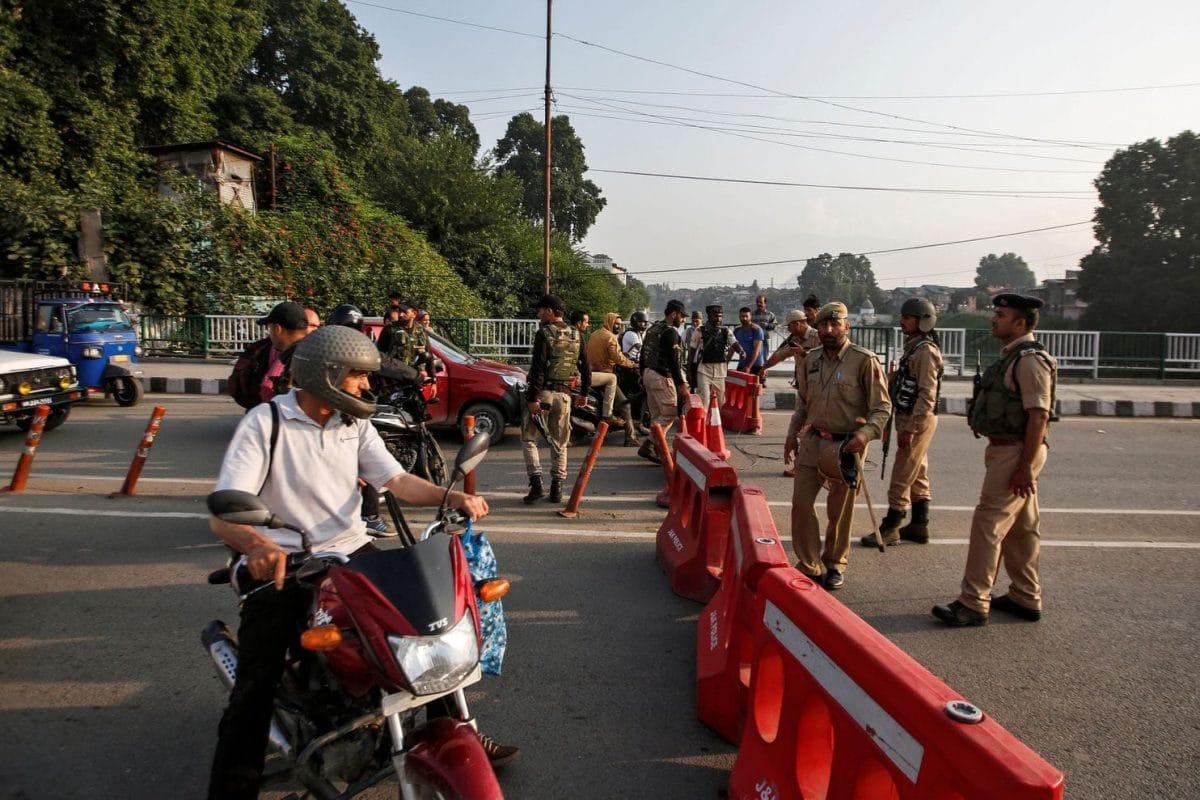It is only 25 kilometers (15 miles) from the site of Friday’s quadruple train catastrophe, which killed almost 300 people and injured nearly 1,200.

When India saw its deadliest railway crash in decades, the nearest state-run hospital became a scene of desperation and important decisions.
Another cacophony of ambulance sirens outside the Fakir Mohan Medical College and Hospital signaled the arrival of more patients, many of whom were critically injured.
It is only 25 kilometers (15 miles) from the site of Friday’s quadruple train catastrophe, which killed almost 300 people and injured nearly 1,200.
Medical personnel had only a few seconds to determine who could survive and whose situations were hopeless.
On June 4, 2023, a three-train collision near Balasore, India, occurred.
War-like Situation
Dr. Sibanand Ratha said, “It was a relentless, war-like situation.
“They were all serious trauma patients, with head injuries, amputated limbs, chest injuries, and breathing problems.
“Some were already dead, while others were fighting for their lives.
“Saving lives was the number one priority,” he said
Read Also: See What To Do If You’re Suffering From Sperm Leakage
“However, there was too much hurry. The patients kept coming in, nonstop; there was an overcrowding, he explained.
“The crew “had to decide who gets higher priority” those with a better chance of survival.
“I shouldn’t say it, but as a doctor, you know this patient isn’t going to make it. That was a very new experience for me.”
Hundreds of victims were brought to the hospital, which is a nicely painted multi-story structure with greater amenities than many government-run Indian hospitals
It is still only equipped to serve the roughly 200,000 residents of Balasore, a tiny town in the eastern state of Odisha.
What started off as a routine Friday for the medical personnel became an emergency message ordering them to abandon everything and return to the hospital right away.
Claims By Ratha
Ratha, 35, claimed he was aware of the train catastrophe but “could not have imagined” the magnitude.
As the evening went to night and the next day, he and his coworkers worked nonstop.
Read Also: Tribunal: How I Signed Result Under Duress – Atiku’s Witness
He said: “The team handled 400 to 500 patients,” he claimed, we haven’t counted, but ambulances were arriving with patients nonstop.
“We needed to empty the beds as soon as possible.” We stabilized several patients and transferred them to the intensive care unit.
“The less critical cases were transferred to orthopaedics.
“And anyone with head or chest injuries was wheeled to surgery.
“Midnight blood donations from local residents really helped, and the medical supply chain worked tirelessly throughout the night to ensure all necessary drugs were available,” he said.
Orthopaedic Dr. Kshitiz Guglani, 25, was on leave when he was summoned and had been working nonstop since then.
He said: “Most were poly-trauma patients, which means that more than one bodily system was damaged”.
Official data States that at least 275 people were killed in the crash, and almost 400 people were still being treated in various clinics on Monday.
Survivors, other patients and family hunting for loved ones throng the Balasore hospital.
Anil Marandi, 29, a tribal labourer from Jharkhand, India, showed personnel at the main help desk photos of his brother, brother-in-law, and a friend who were all aboard one of the trains.

